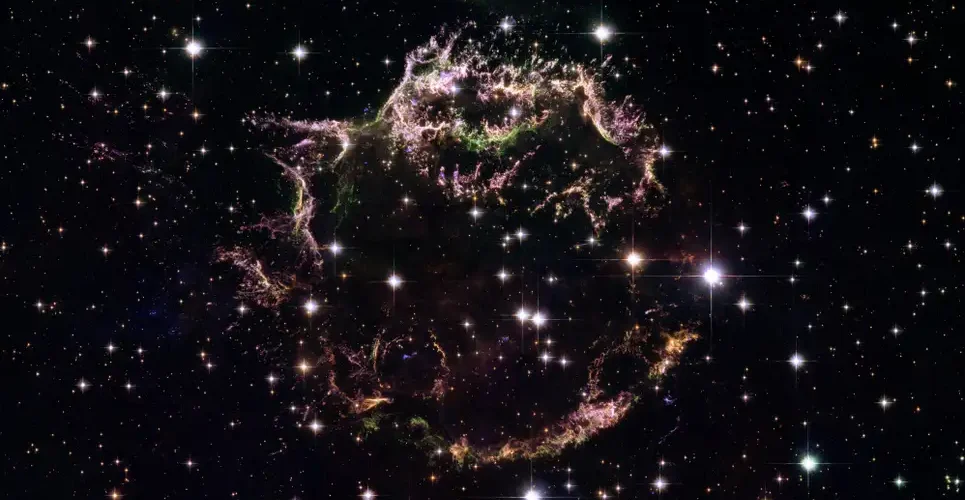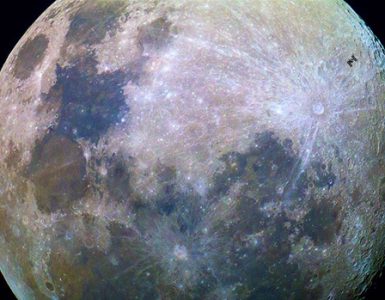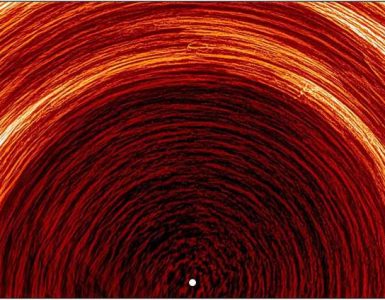A new analysis of more than 1,500 supernovae has put fresh precision on measurements of the dark matter and dark energy that permeate our universe.
According to the research, about two-thirds of the cosmos (66.2%) is made up of dark energy, and the remaining third (33.8%) is made up of matter. Almost all matter is what’s called “dark,” meaning we can’t actually see it—we only know it’s there because we can measure its gravitational effects. The regular matter we can touch and see makes up less than 5% of the universe. The team’s analysis, called Pantheon+, is published today in The Astrophysical Journal.
The results also have implications for astrophysicists’ measurements of the Hubble constant, the number describing the rate of the universe’s expansion. This number has long been a puzzle, because it changes significantly depending on whether you measure it locally or on a cosmic scale.
“We have nailed down dark energy more precisely than ever to the leading theory, the cosmological constant, suggesting that the universe behaves in the way that can be explained by the simplest theory,” said Dillon Brout, an astrophysicist and Einstein Fellow at the Center for Astrophysics | Harvard & Smithsonian and the paper’s lead author. “In principle this is great, however our same dataset also brings the Hubble tension to a new level.” More on that tension in a moment.
Matter is all the stuff in the universe; dark matter is the unaccounted-for mass in the universe we cannot directly observe but is evidenced in its gravitational effects. Dark matter candidates include axions, WIMPs, and other subatomic particles—it could also be a combination of these theorized masses, or something else entirely. Dark energy (similarly named because we don’t know exactly what constitutes it) is what drives the universe’s accelerating expansion.
Pantheon+ looked at the rate of the universe’s expansion using Type Ia supernovae, the violent explosions that mark the end of stars’ life. Astrophysicists can use the apparent brightness and redshift of these supernovae to figure out how fast the universe has expanded during different periods of its existence.
Pantheon+ builds on Pantheon, itself an analysis of about 1,000 supernovae. The new work is twice as precise as the original Pantheon data. The team also combined their Pantheon+ results with measurements of the universe’s structure and its most ancient light, the cosmic microwave background.
Type Ia supernovae are some of the brightest events in the universe, and can outshine entire galaxies. Some of these supernovae happened in the very distant universe, meaning they are more redshifted. As the universe expands, it stretches the light traveling through it; by the time that light reaches Earth, it looks redder (with a longer wavelength) than it was when it was emitted.
Read more at Gizmodo.com





